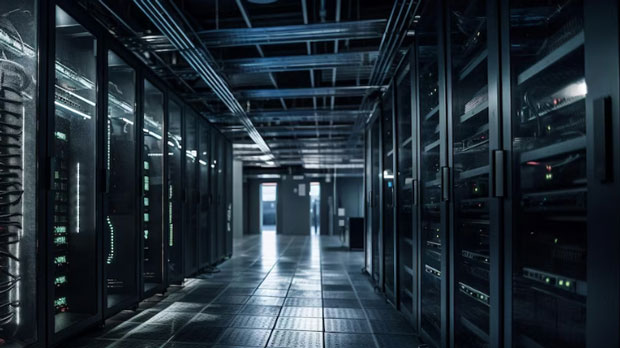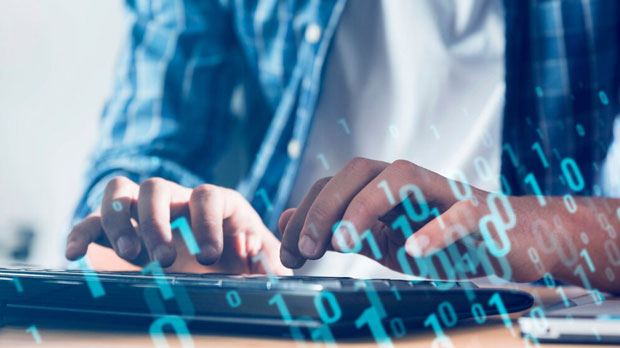When it comes to cross-border e-commerce, security and privacy are top priorities for businesses dealing with global transactions. One of the essential tools to ensure these factors are well-managed is proxy servers. Among various proxy services, Bestproxy and PYPROXY are two popular choices. Both offer different features, security protocols, and capabilities for businesses, but which one is safer and more effective for cross-border e-commerce? This article will dive deep into the comparison between Bestproxy and PyProxy, analyzing their safety features, performance, and practicality to help you make an informed decision. Understanding the Importance of Proxies in Cross-Border E-CommerceIn cross-border e-commerce, businesses interact with customers from various regions and countries. These interactions often involve sensitive data, such as personal information, payment details, and transaction histories. Therefore, using proxy servers has become essential to protect this data from cyber threats and ensure the smooth running of online stores. Proxies work by masking the user's IP address, providing an additional layer of anonymity. They also help businesses to access region-specific content, perform market research, and prevent fraudulent activities such as bot attacks and hacking.What is Bestproxy?Bestproxy is a well-known proxy service provider that offers secure and reliable proxies for businesses. It is known for its user-friendly interface and robust security features, which make it suitable for e-commerce enterprises that need constant protection while dealing with international customers. Bestproxy offers both residential and datacenter proxies, which cater to different business needs. residential proxies are particularly useful for managing multiple accounts and circumventing geo-restrictions, while datacenter proxies are faster but may be detected more easily.What is PyProxy?PyProxy, as the name suggests, markets itself as one of the top-tier proxy services for businesses, offering a wide variety of proxy solutions. It provides dedicated proxies, shared proxies, and rotating proxies, each designed to enhance security, speed, and privacy. PyProxy is known for its premium infrastructure, including high-performance servers and encrypted connections, which provide enhanced protection against online threats. It is especially praised for its flexibility and high customization options, allowing businesses to tailor the proxy services to their specific needs.Security Comparison: Bestproxy vs PyProxySecurity is the number one concern when using proxies in e-commerce. Any vulnerability could lead to significant financial losses, legal issues, or reputational damage. Both Bestproxy and PyProxy offer high levels of security, but their approaches differ in several key aspects.Encryption and Anonymity:Bestproxy uses advanced encryption protocols to ensure that the data transmitted between users and the proxy server is secure. It employs SSL encryption, making it difficult for hackers to intercept sensitive information. PyProxy, on the other hand, offers military-grade encryption, providing an additional level of protection. Its proxies also mask the user's IP address completely, ensuring that even the most sophisticated tracking methods cannot trace the user’s location.IP Pool and Rotation:Both services offer IP rotation, but the scale and efficiency differ. Bestproxy boasts a large pool of IP addresses, with its residential proxies being particularly effective at avoiding IP bans. However, its datacenter proxies might face more frequent detection by websites due to their high-speed nature. PyProxy, however, has a highly diverse IP pool, offering a much larger variety of IP addresses to rotate. This makes it harder for websites to identify proxy usage, reducing the likelihood of detection and improving safety.Anti-Fraud Mechanisms:Bestproxy’s anti-fraud features are robust, offering multiple layers of protection against bot attacks and suspicious activities. PyProxy also has strong anti-fraud mechanisms in place, with automatic IP switching and real-time monitoring of suspicious activity. However, PyProxy excels in dealing with CAPTCHA-solving techniques, offering more advanced features for bypassing such security measures. This makes PyProxy particularly effective for businesses that engage in high-volume data scraping or need to bypass restrictive security protocols.Performance and Speed: Bestproxy vs PyProxyWhile security is crucial, the performance of proxies is just as important for e-commerce businesses that need fast, uninterrupted access to international websites. Slow proxies can lead to delays in processing transactions, poor user experiences, and a decrease in overall business efficiency.Speed and Latency:Bestproxy’s residential proxies are known for their stable performance and relatively lower latency. However, users often report that datacenter proxies, although fast, can be slower than PyProxy’s offerings. PyProxy’s infrastructure is optimized for high performance, providing faster connection speeds and lower latency, especially with its rotating proxies. It offers premium servers that ensure fast and seamless connections, making it an excellent choice for e-commerce businesses dealing with high traffic and demanding users.Reliability:Both proxy services are generally reliable, but PyProxy has the edge in terms of uptime. It offers a higher level of redundancy with its servers, ensuring minimal downtime even during peak hours. Bestproxy also has a solid uptime record, but occasional server outages have been reported, especially during high-traffic periods.Usability and Customer Support: Bestproxy vs PyProxyFor e-commerce businesses, ease of use and strong customer support can make a significant difference in the day-to-day operations. Proxies need to be easy to set up and manage, and businesses must have reliable support in case of issues.User Interface:Bestproxy is known for its simple, intuitive user interface, which allows even non-technical users to set up proxies quickly. Its straightforward dashboard makes managing multiple proxies a breeze. PyProxy, while also user-friendly, offers a more advanced setup with customization options for experienced users. The interface is highly customizable, allowing businesses to tweak their proxy settings for maximum performance.Customer Support:Both Bestproxy and PyProxy offer excellent customer support, but PyProxy stands out with its 24/7 live chat and dedicated account managers for enterprise-level clients. Bestproxy offers responsive customer support but is more suited for small to medium-sized businesses due to its slightly less extensive support structure.Which Proxy is Safer for Cross-Border E-Commerce?Both Bestproxy and PyProxy provide robust security measures that cater to the needs of cross-border e-commerce businesses. However, PyProxy is the safer option for businesses that prioritize high-level protection, anti-fraud measures, and top-tier performance. Its military-grade encryption, larger IP pool, and advanced anti-fraud mechanisms make it a superior choice for e-commerce enterprises that handle sensitive customer data and require seamless transactions across borders.Bestproxy, while a reliable and secure option, might not offer the same level of protection or performance as PyProxy. It is better suited for smaller businesses that need a straightforward solution for less demanding e-commerce environments.When deciding between Bestproxy and PyProxy, the choice largely depends on the scale and security needs of your cross-border e-commerce business. If you are a large enterprise that values maximum security, faster speeds, and advanced features, PyProxy is the safer and more reliable option. For smaller businesses with simpler needs, Bestproxy offers a solid, cost-effective choice. In either case, proxies play a crucial role in ensuring the privacy and security of your international transactions, making them indispensable tools for cross-border e-commerce success.
Oct 24, 2025



































































